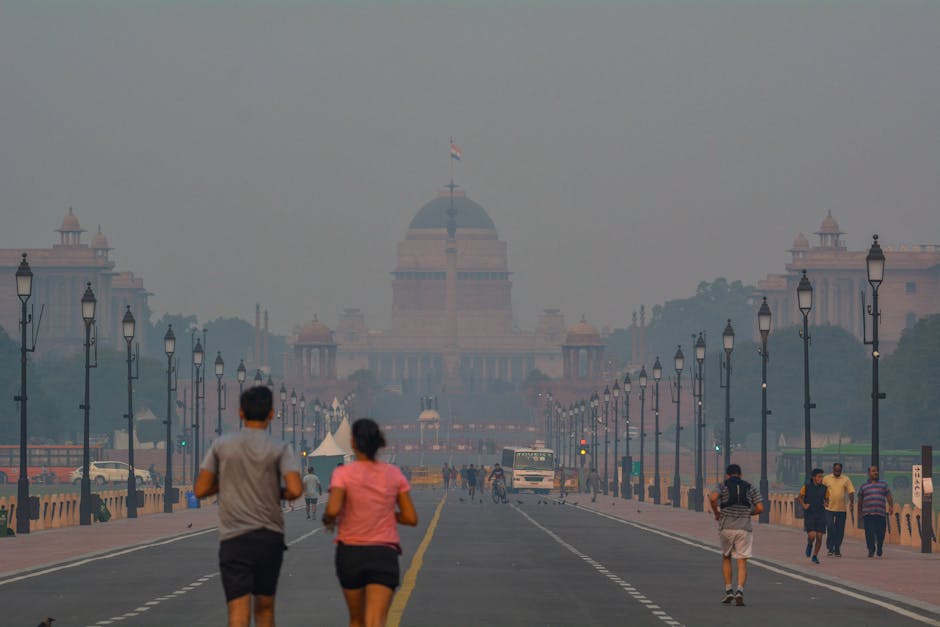**
Delhi’s Air Quality Deteriorates on Diwali; AQI in the ‘Very Poor’ Category at 345
Delhi’s air quality worsened sharply on Diwali night as the Air Quality Index (AQI) surged to 345, pushing the capital into the ‘very poor’ category. Despite multiple warnings from authorities, widespread firecracker violations and stubble burning in neighboring states contributed to hazardous pollution levels.
Diwali Firecrackers Worsen Delhi’s Pollution Crisis
Residents largely ignored the Supreme Court’s ban on firecrackers and the Delhi government’s ‘Diya Jalao, Patakhe Nahin’ campaign. The AQI, already fluctuating between ‘poor’ and ‘very poor’ before Diwali, spiked after 8 PM on Sunday.
Key pollution hotspots:
– Anand Vihar
– Rohini
– Punjabi Bagh
CPCB data showed PM2.5 and PM10 levels exceeding safe limits by 5x, while SAFAR confirmed firecrackers significantly worsened air pollution.
Stubble Burning Adds to Delhi’s Toxic Air
Despite government incentives, NASA satellite images revealed increased farm fires in Punjab and Haryana on Diwali night. Low wind and cold weather trapped pollutants over Delhi, forming a thick smog blanket.
Health Warnings Issued as AQI Hits 345
With AQI in the 301-400 (‘very poor’) range, doctors advised:
✔ Avoid outdoor activities (especially children & elderly)
✔ Watch for breathlessness, burning eyes
✔ Increased cases at AIIMS, Safdarjung Hospital
Political Blame Game and Public Anger
- AAP blamed neighboring states for stubble burning.
- Opposition criticized Delhi’s lack of preparedness.
- Social media outrage over firecracker violations.
Long-Term Solutions Needed
Experts demand:
🔹 Stricter firecracker bans
🔹 Improved public transport
🔹 Better stubble management
Conclusion
Delhi’s post-Diwali pollution remains a yearly crisis. Without stricter enforcement and public cooperation, toxic air will keep endangering health.
For real-time AQI updates, follow The Hindu.
**




